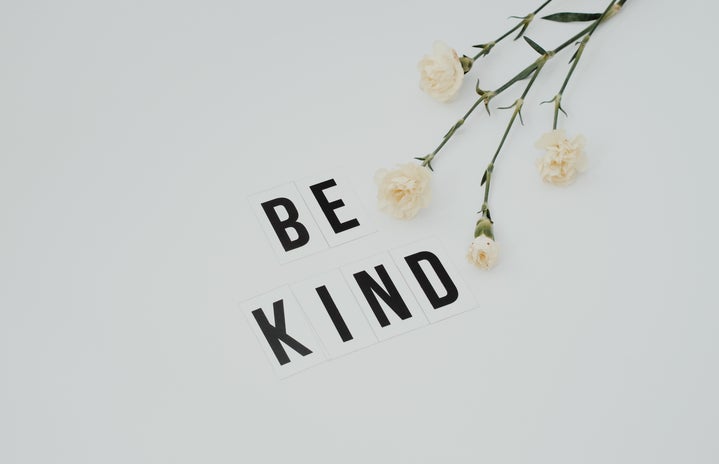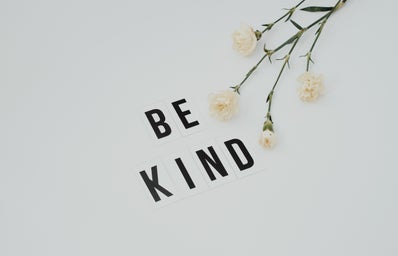Being part of a fellowship focused on EA (Effective Altruism) and leadership at Duke University has been a truly eye-opening experience for me. Although I’m still on my second week of the program, the readings and exercises that we have been assigned have shown me that there is a much more critical and measurable way to approach the idea of doing good. Here are some first impressions of EA, and the concepts that really stood out to me as having the potential to change my thought process about my career, lifestyle, and spending habits.
- Effective Altruism is not Perfect Altruism, and for good reason. The goal is not to steer people towards the 100% most efficient use of their time, energy, and money, but rather to make them aware of the truly large impact that they can have without needing to sacrifice much, or anything at all. It is not doing Doing Good Perfectly, it’s Doing Good Better–which, incidentally, is the name of a book that has been instrumental in shaping my view of what EA stands for.
- While economics tends to say that money funneled into purchasing a type of product brings diminishing returns, meaning that the marginal value of each additional purchase decreases, this is not the case in altruism. At least not in the current state of the world, where millions of dollars spent on buying mosquito nets for individuals will still have the same potential to save a life with each additional net bought, because the problem of malaria is so global and expensive to solve. The absence of diminishing returns certainly makes my impact, and progress up the ladder of altruism, seem more constant, stable, and motivating!
- Just as we would know what becomes of our money when we invest in a business, it is appropriate (and vital) to investigate how it is used in a charity. Many charities are quite a black box when it comes to the details of where money gets spent, and many people are willing to sink a lot of money into organizations that were once recommended to them by an influencer. Although I am not saying by any means that charities are shady, I am suggesting that you look for those charities that provide more concrete information, such as the amount of money that goes to saving one child from a certain disease, or the money needed to keep a girl in school for one week. Not only will this allow you to gain a better understanding of how money can go a lot farther in certain developing countries than it can in your own life, but it will also provide you with the necessary information to make an educated decision about how much money to give to a certain charity, Who knows? While originally planning on donating $40, learning that a certain medication costs $50 might make you want to give that extra $10 push!
- There are a few central questions in EA, which guide the decisions of those who follow this path of consequential, measurable altruism.
- How many people benefit, and by how much? Relating to my previous point, while searching for the answer to this question in the good that you plan to do, you become conscious of where your money would go, and can adjust accordingly and make discerning value judgements.
- Is this the most effective thing I can do? This is mostly to make sure you don’t spend your precious money or time on initiatives that are more effectively done by other organizations. It doesn’t mean that you have to necessarily find the perfect effectiveness, but in aiming for the moon, you will land among the stars!
- Is this area neglected? This is one that we might need to think carefully about when pursuing altruistic high school and college projects… It can be easier to hop on to the bandwagon and feel that you are doing good as well, but it is often easier to make a substantial difference in an area that has not been explored as much. Think about it this way: if a cause gets you all riled up and emotionally excited, then chances are that many other people also feel the same way, and therefore many people have reached out to help. It is the unsexy, quiet, lesser-known initiatives that might need our attention the most.
- What would have happened otherwise? I find this question to be the most fascinating to think about, because there are some surprising revelations about the measurable usefulness of certain altruistic roles. The process of figuring out the “What if’s” is called counterfactual reasoning.
- What are the chances of success, and how good would success be? This one focuses on the low-probability, high-reward risks that people can take while dreaming of making a difference. It also covers the more steady, tried-and-true approach to altruism that might be valuable because of their high chances of success.
- A lot of people might say, “Why would I even bother? Whatever I do will just be a drop in the bucket.” Yet it is not really the size of the bucket but the size of the drop itself that truly matters. In a world so vast, there are massive buckets, but we each also have the potential to produce a drop that is massive in its own right. You don’t need to provide a whole bucket of water (something that is extremely difficult for any one person in the world) when one massive drop can quench someone’s thirst. You just need to do the best you can to provide that drop, and feel good about yourself.
There you have it! You’ve heard a bunch of my initial thoughts on Effective Altruism! Maybe you even feel intrigued and want to do some more research now. I recommend https://80000hours.org/ and https://www.givewell.org/ to jumpstart your own EA journey!


